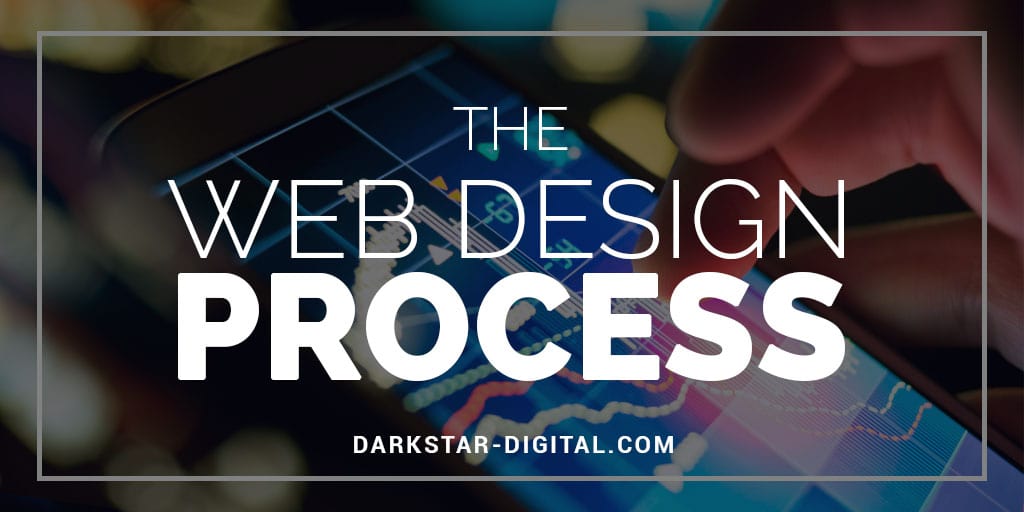16 Jan Web Design Process

Great web design is crucial to the success of your business, especially in a world that is increasingly driven by digital marketing. Studies have shown that 83% of potential customers today visit a website before making the decision to purchase. You website doubles as both your business’s virtual storefront and sales staff and has a great impact on whether customers decide to buy from you or not. Your website can either convince customers to find out more about the products or services you have on offer, or make them click away to a competitor’s site, losing you much needed business. The key to attracting visitors to your site and keeping their attention long enough lies in having a great website. You can either outsource your website’s design to a qualified person or tackle the task yourself. Whether you are designing the site yourself or having someone else do it, below are a few essential steps to follow:
Gather Relevant Information
You and your team should spend the initial stages of a web design project gathering relevant information. This includes parameters such as
- The purpose of the website i.e. are you building it to provide information about your business, sell products, get customers to click through to a merchant’s page etc etc?
- Your target audience: What type of person are you designing the website for? What is their age or gender? What are their interests? The answers to these questions should guide you to design a website that will attract the right audience.
- What type of content will you have on your site? Do you intend to deal mainly in text? Will there be video and audio files? This will help you determine the plugins, graphics and other tools you need in order to make your site as user friendly as possible.
Planning
In this phase, you will put together a plan detailing what your site will look like. This is the point at which you develop a site map. A site map is simply an outline of the content on your website, listing major topics and subtopics. Its main purpose is to help visitors to navigate easily through your site, and should therefore be created with this purpose in mind. It provides a list of the pages on your website and it also serves the purpose of helping search engines to find out the content on your site. In the planning stage, you will provide solutions to the problems you set out in the first step, determine which resources will help you achieve your goals and draw up a plan with a timeline to complete the process.
Design
At this point, you will want to create a visual design of what your website should look like, bearing in mind who your target audience is. This means that a website for pregnant moms will look completely different from one for gamers for example. You or your developer will search for digital images, examples of other websites that are similar to what you want to create, and different elements that will go into the website. You will typically want to have two to three prototypes to choose from before you can move on to the next stage.
Development
This involves both front and back end development. Front end development deals with the visuals of your website and includes elements such as html mark-up, style, cross device compatibility, ease of access, usability and performance i.e. how html, java and css work together to make your site as user friendly as possible. Back end development refers to the server you use, your database system and which applications you have put in place.
Testing and Maintenance
Before your website goes online, it is crucial to ensure that it is working properly and debug any problems that may arise. You can discover these problems through testing. A final part of the design process is maintenance, which involves working on any bugs, editing content, backup, upgrades and many other processes that go into ensuring a website is working properly.
A well designed website is crucial to attracting the right type of traffic to your website. By following a few simple but important steps, you can create a professional looking and user friendly site, one that ensures you attract sufficient volumes of traffic to your site, and convert these numbers into loyal customers for your business.

